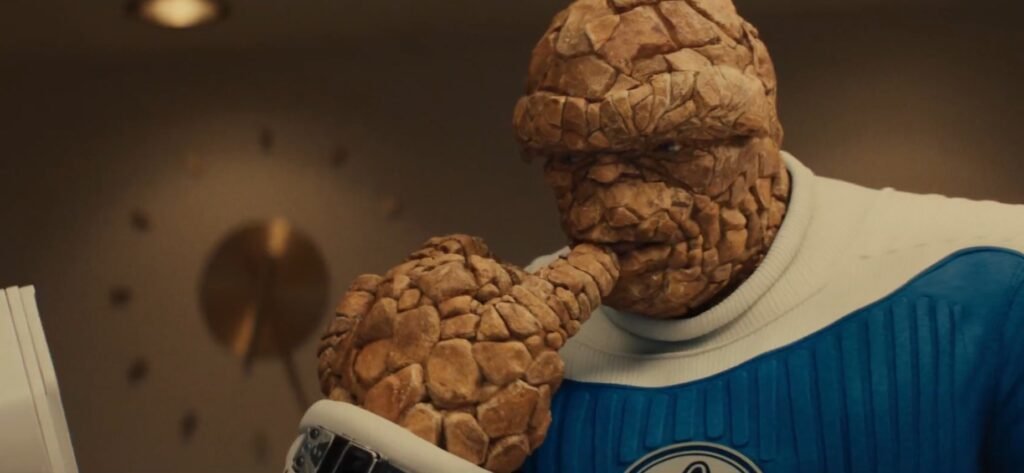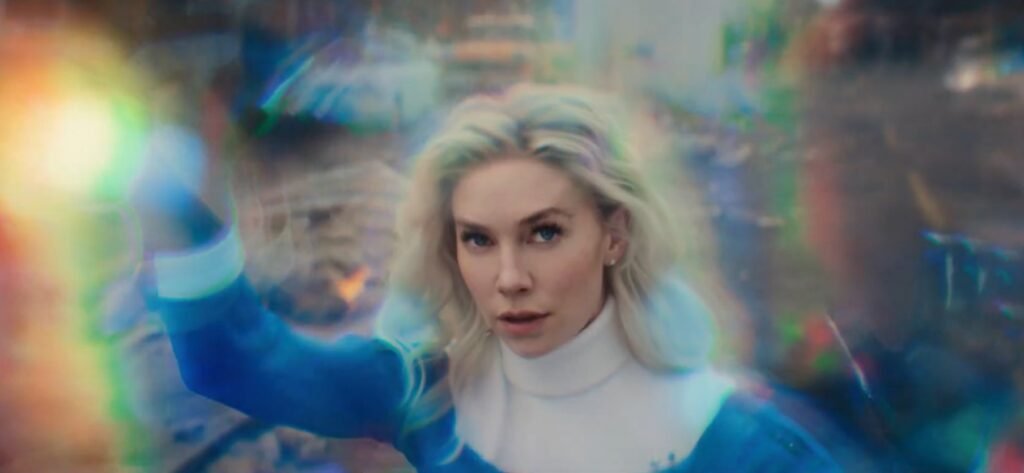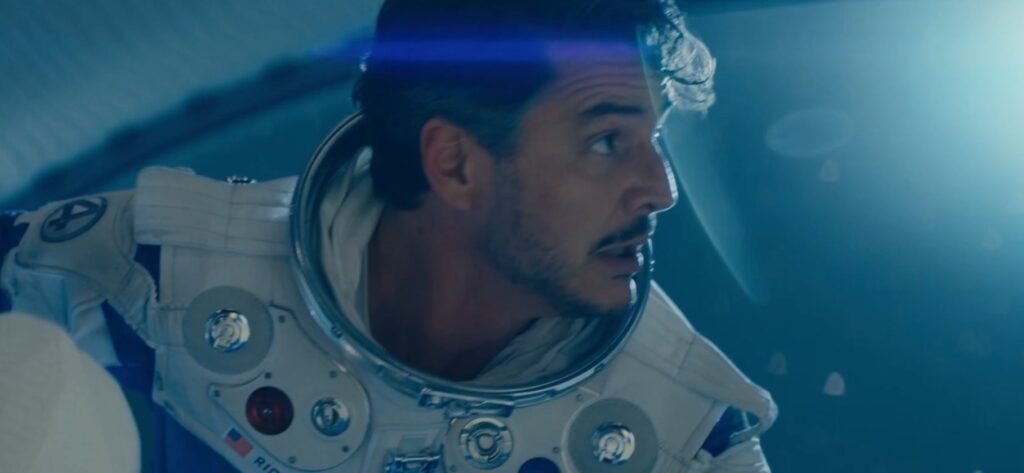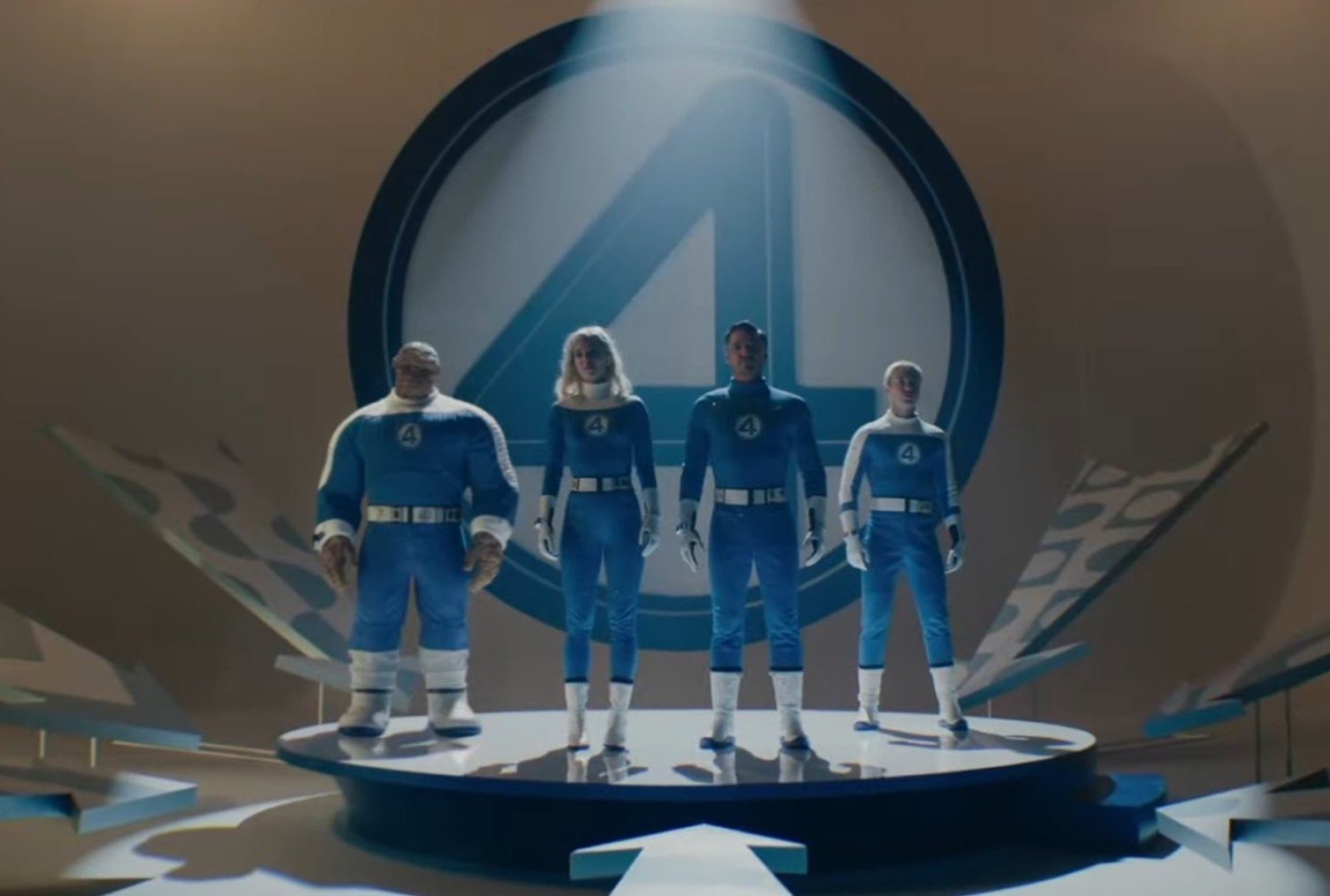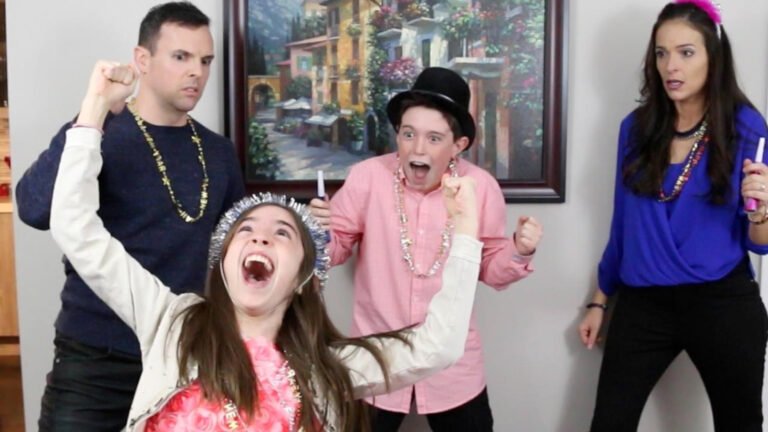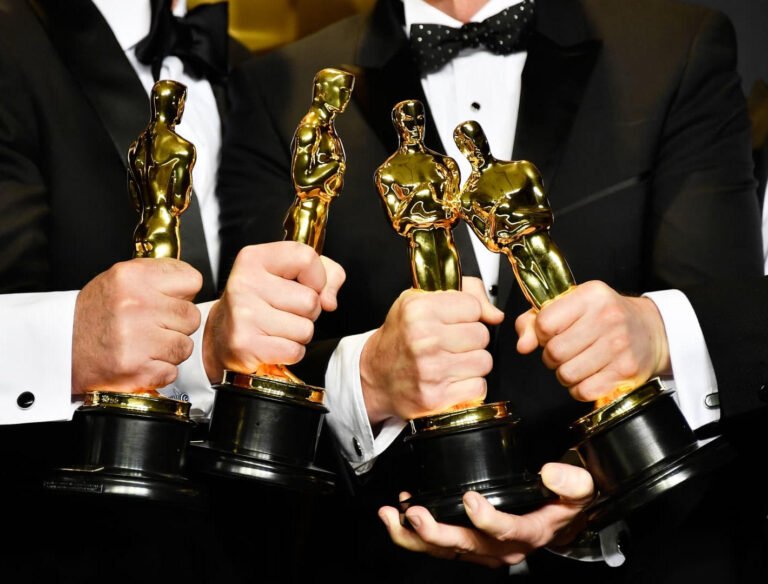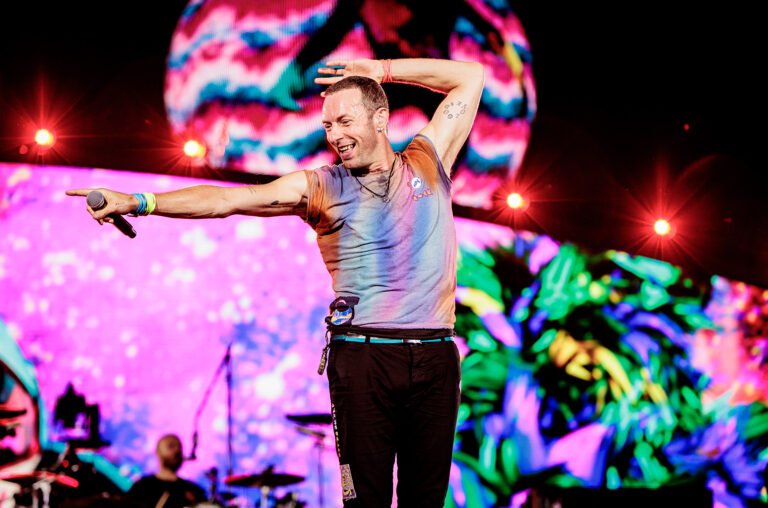The Fantastic Four: the rise, fall, and new era of Marvel’s first family
Before the Avengers dominated the big screen and long before the X-Men became household names, Marvel Comics introduced a team of superheroes that would set the foundation for modern comic book storytelling.
The Fantastic Four, created by the legendary duo of Stan Lee and Jack Kirby, debuted in 1961 as part of Marvel’s revolution in superhero comics. Unlike other characters of the time, this wasn’t just a group of costumed adventurers thrown together to fight crime. They were a family—flawed, relatable, and bound together not just by their powers, but by their complex dynamics and emotions.
This formula made them one of the most beloved teams in comic book history, yet their transition to the silver screen has been anything but smooth. From early adaptations to modern reboots, the journey of the Fantastic Four in live-action media is one of highs and lows, filled with ambition, controversy, and an ongoing search for the definitive version.
At its core, the Fantastic Four revolves around four individuals who, during a space mission, are exposed to cosmic radiation that alters their DNA, granting them extraordinary abilities.
Reed Richards, the brilliant scientist and leader, gains the power to stretch his body like elastic. Sue Storm, his fiancée (later wife), develops the ability to become invisible and create force fields. Her hot-headed younger brother, Johnny Storm, transforms into the Human Torch, capable of engulfing himself in flames and soaring through the skies. Finally, their best friend Ben Grimm undergoes the most tragic transformation, becoming The Thing—a rock-like behemoth with immense strength but a tormented soul. Together, they become explorers of the unknown, defending Earth from interdimensional threats, cosmic beings, and their arch-nemesis, Doctor Doom.
Read also…
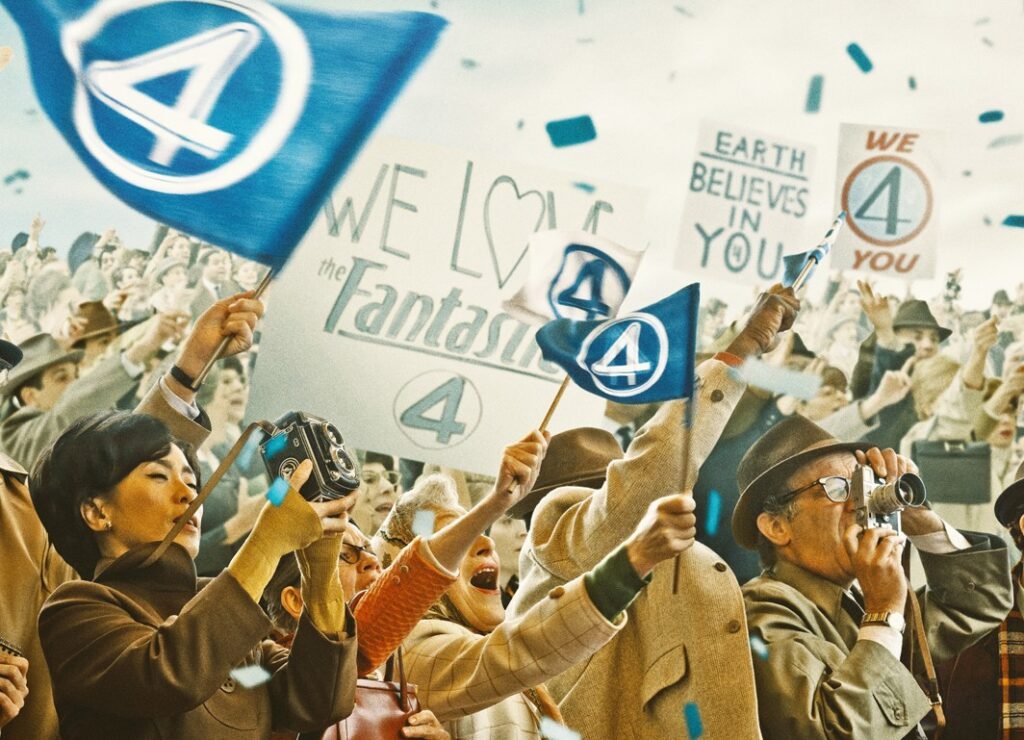
The comics, written with a blend of high-stakes adventure and deeply personal storytelling, cemented their place as one of Marvel’s flagship properties. However, their journey from page to screen has been a turbulent one.
The first known attempt at bringing the Fantastic Four to live action came in 1994 with a low-budget film produced by Roger Corman. This version was never intended to be released to the public. Instead, it was reportedly made solely to retain the film rights before they expired.
With a budget rumored to be under $2 million, the production was rushed, the special effects were laughable, and the performances were wooden. Yet, despite its many flaws, this unauthorized adaptation has since gained cult status among fans who appreciate its unintentional charm and its sheer existence as a bizarre footnote in comic book movie history.
The first major Hollywood attempt to bring the Fantastic Four to life came in 2005, during the era when superhero films were still finding their footing in mainstream cinema. Directed by Tim Story and starring Ioan Gruffudd as Reed Richards, Jessica Alba as Sue Storm, Chris Evans as Johnny Storm, and Michael Chiklis as Ben Grimm, the film took a more lighthearted, almost sitcom-like approach to the characters.
While it performed reasonably well at the box office, grossing over $330 million worldwide, it was met with mixed reviews, with critics arguing that it played things too safe and lacked the depth of its comic book counterpart. Still, the film was successful enough to warrant a sequel, Fantastic Four: Rise of the Silver Surfer (2007), which introduced one of Marvel’s most iconic cosmic characters, the Silver Surfer.
Unfortunately, the sequel’s underwhelming execution and its widely criticized portrayal of Galactus as a mere cosmic cloud led to the franchise stalling, and a planned third film was scrapped.
Then came the 2015 reboot, which many consider one of the most infamous superhero movie disasters in history. Directed by Josh Trank and starring Miles Teller, Kate Mara, Michael B. Jordan, and Jamie Bell, this version took a drastically different approach, leaning into a darker, more grounded sci-fi horror tone.
While the idea of reimagining the Fantastic Four in a more serious light had potential, behind-the-scenes turmoil, studio interference, and a lack of chemistry among the cast led to a final product that was disjointed and unrecognizable from its source material. The film was panned by critics, bombed at the box office, and effectively killed any hope for a sequel.
With three failed attempts at establishing a definitive Fantastic Four franchise, many fans wondered if the team was simply cursed when it came to live-action adaptations.
However, with Disney’s acquisition of 20th Century Fox, the Fantastic Four rights reverted to Marvel Studios, finally allowing them to join the Marvel Cinematic Universe (MCU). The announcement of a new Fantastic Four film under the guidance of Marvel Studios has reignited excitement, with many hoping that this iteration will finally do justice to the legacy of Marvel’s First Family.
For its new era, Marvek has recruited Pedro Pascal, Vanessa Kirby, Joseph Quinn and Ebon Moss-Bachrach as its fresh team.
The Fantastic Four’s struggle to find a successful cinematic adaptation is both frustrating and fascinating. Unlike the Avengers or the X-Men, whose film adaptations found solid footing early on, the Fantastic Four has been trapped in a cycle of underwhelming films, each failing to capture the heart and brilliance of the comics.
But what makes this franchise so difficult to adapt? Some argue that the key challenge lies in the very essence of what makes the Fantastic Four special. They are not just superheroes; they are scientists, adventurers, and, above all, a family. Their best stories involve cosmic exploration, interdimensional travel, and the moral complexities of power and responsibility. Many past adaptations focused too heavily on the spectacle and not enough on the heart of the team, leading to films that felt hollow and uninspired.
Another challenge is their greatest villain, Doctor Doom. Widely regarded as one of the best villains in comic book history, Doom is more than just a mad scientist in a metal suit—he is a monarch, a sorcerer, and a character driven by deep philosophical motivations.
Previous adaptations have consistently failed to do him justice, reducing him to a generic antagonist rather than the complex, tragic figure that he is in the comics. Getting Doom right is almost as important as getting the Fantastic Four themselves right, as he represents the ultimate test for them both as heroes and as individuals.
As the world awaits the full iteration of the Fantastic Four, and hot off a new trailer released today, there is a palpable sense of hope. Marvel Studios has proven time and again that they can take once-doubtful properties and turn them into cultural phenomena.
If they succeed, it will not only redeem decades of missteps but also cement the Fantastic Four’s place in the modern superhero landscape. Their story, after all, is not just about fighting villains—it’s about family, discovery, and the thrill of the unknown. And if any team deserves another shot at greatness, it’s Marvel’s First Family.
